Filter by

Stochastic Analysis of Biochemical Systems
This book focuses on counting processes and continuous-time Markov chains motivated by examples and applications drawn from chemical networks in systems biology. The book should serve well as a supplement for courses in probability and stochastic processes. While the material is presented in a manner most suitable for students who have studied stochastic processes up to and including martingale…
- Edition
- 1
- ISBN/ISSN
- 978-3-319-16895-1
- Collation
- -
- Series Title
- 4 b/w illustrations
- Call Number
- X, 84
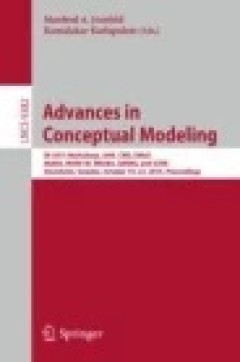
Advances in Conceptual Modeling: ER 2015 Workshops AHA, CMS, EMoV, MoBID, MOR…
This book constitutes the refereed proceedings of seven workshops and a symposium, held at the 34th International Conference on Conceptual Modeling, ER 2015, in Stockholm, Sweden. The 26 revised full and 8 invited papers were carefully reviewed and selected out of 52 submissions to the following events: Conceptual Modelling for Ambient Assistance and Healthy Ageing, AHA-2015; Conceptual Mode…
- Edition
- Ed. 1
- ISBN/ISSN
- 978-3-319-25747-1
- Collation
- XVIII, 360
- Series Title
- Lecture Notes in Computer Science
- Call Number
- 005.74 ADV a

Statistical Atlases and Computational Models of the Heart. Imaging and Modell…
This book constitutes the thoroughly refereed post-workshop proceedings of the 6th International Workshop on Statistical Atlases and Computational Models of the Heart: Imaging and Modelling Challenges, STACOM 2015, held in conjunction with MICCAI 2015, in Munich, Germany, in October 2015. The 23 revised full workshop papers were carefully reviewed and selected from 34 submissions. The papers…
- Edition
- 1
- ISBN/ISSN
- 978-3-319-28712-6
- Collation
- -
- Series Title
- XI, 218, 91 b/w illustrations
- Call Number
- -
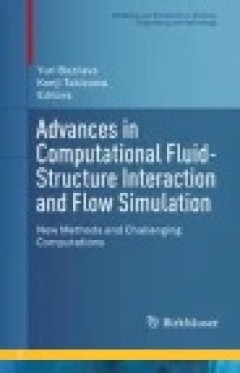
Advances in Computational Fluid-Structure Interaction and Flow Simulation: Ne…
This contributed volume celebrates the work of Tayfun E. Tezduyar on the occasion of his 60th birthday. The articles it contains were born out of the Advances in Computational Fluid-Structure Interaction and Flow Simulation (AFSI 2014) conference, also dedicated to Prof. Tezduyar and held at Waseda University in Tokyo, Japan on March 19-21, 2014. The contributing authors represent a group of …
- Edition
- Ed. 1
- ISBN/ISSN
- 978-3-319-40827-9
- Collation
- XII, 500
- Series Title
- Modeling and Simulation in Science, Engineering and Technology
- Call Number
- 003.3 ADV a
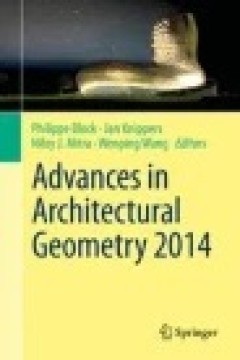
Advances in Architectural Geometry 2014
This book contains 24 technical papers presented at the fourth edition of the Advances in Architectural Geometry conference, AAG 2014, held in London, England, September 2014. It offers engineers, mathematicians, designers, and contractors insight into the efficient design, analysis, and manufacture of complex shapes, which will help open up new horizons for architecture. The book examines g…
- Edition
- Ed. 1
- ISBN/ISSN
- 978-3-319-11418-7
- Collation
- IX, 385
- Series Title
- -
- Call Number
- 511.8 ADV a
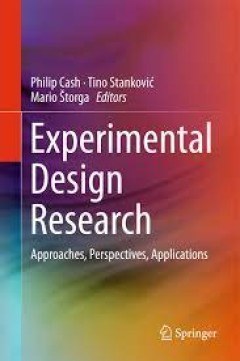
Experimental Design Research
This book presents a new, multidisciplinary perspective on and paradigm for integrative experimental design research. It addresses various perspectives on methods, analysis and overall research approach, and how they can be synthesized to advance understanding of design. It explores the foundations of experimental approaches and their utility in this domain, and brings together analytical appro…
- Edition
- -
- ISBN/ISSN
- 978-3-319-33781-4
- Collation
- 26 b/w illustrations, 43 illustrations in colour
- Series Title
- -
- Call Number
- -
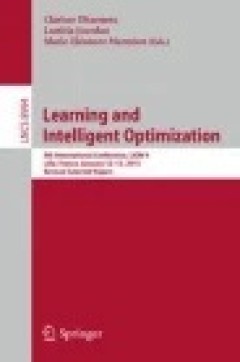
Learning and Intelligent Optimization: 9th International Conference, LION 9, …
This book constitutes the thoroughly refereed post-conference proceedings of the 9th International Conference on Learning and Optimization, LION 9, which was held in Lille, France, in January 2015. The 31 contributions presented were carefully reviewed and selected for inclusion in this book. The papers address all fields between machine learning, artificial intelligence, mathematical programm…
- Edition
- -
- ISBN/ISSN
- 978-3-319-19084-6
- Collation
- -
- Series Title
- -
- Call Number
- -

Econophysics and Data Driven Modelling of Market Dynamics
This book presents the works and research findings of physicists, economists, mathematicians, statisticians, and financial engineers who have undertaken data-driven modelling of market dynamics and other empirical studies in the field of Econophysics. During recent decades, the financial market landscape has changed dramatically with the deregulation of markets and the growing complexity of pro…
- Edition
- 1
- ISBN/ISSN
- 978-3-319-08472-5
- Collation
- -
- Series Title
- -
- Call Number
- XIII, 353
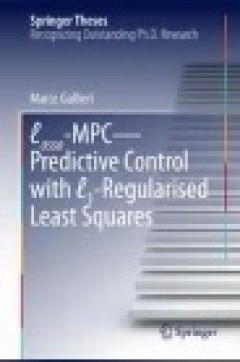
Lasso-MPC – Predictive Control with ℓ1-Regularised Least Squares
This thesis proposes a novel Model Predictive Control (MPC) strategy, which modifies the usual MPC cost function in order to achieve a desirable sparse actuation. It features an ℓ1-regularised least squares loss function, in which the control error variance competes with the sum of input channels magnitude (or slew rate) over the whole horizon length. While standard control techniques lead to…
- Edition
- -
- ISBN/ISSN
- 978-3-319-27963-3
- Collation
- -
- Series Title
- -
- Call Number
- -
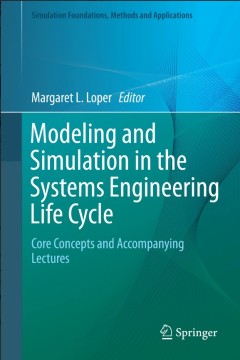
Modeling and Simulation in the Systems Engineering Life Cycle:Core Concepts a…
This easy to read text provides a broad introduction to the fundamental concepts of modeling and simulation (M&S) and systems engineering, highlighting how M&S is used across the entire systems engineering lifecycle. Features: reviews the full breadth of technologies, methodologies and uses of M&S, rather than just focusing on a specific aspect of the field; presents contributions from speciali…
- Edition
- 1
- ISBN/ISSN
- 978-1-4471-7035-8
- Collation
- XIX
- Series Title
- Simulation Foundations, Methods and Applications
- Call Number
- -
 Computer Science, Information & General Works
Computer Science, Information & General Works  Philosophy & Psychology
Philosophy & Psychology  Religion
Religion  Social Sciences
Social Sciences  Language
Language  Pure Science
Pure Science  Applied Sciences
Applied Sciences  Art & Recreation
Art & Recreation  Literature
Literature  History & Geography
History & Geography